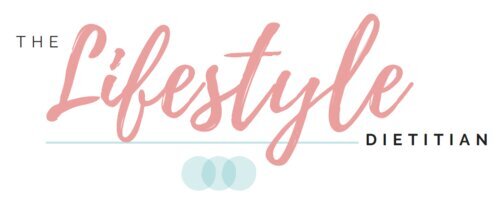THE LOWDOWN ON THE LOW FODMAP DIET
If you struggle with Irritable Bowel Syndrome (IBS), chances are you have either heard of or been told to start a low FODMAP diet. Understanding what this diet involves and how to correctly follow it is incredibly important in ensuring it works for you.
What is the Low FODMAP Diet?
A low FODMAP diet is a tool used to identify individual food triggers and reduce IBS symptoms such as diarrhoea, constipation, bloating and abdominal pain. In fact, 75% of IBS sufferers will see an improvement in their symptoms with the diet.
What are FODMAPs?
FODMAP stands for Fermentable Oligosaccharides, Disaccharides, Monosaccharides and Polyols. These are short-chain-carbohydrate molecules found in many foods that are poorly absorbed, draw water into the gut and travel to the large intestine where bacteria rapidly ferment them. This causes a large production of gas that leads to bloating and pain, especially in IBS where nerve endings in the gut are highly sensitive.
To see how this process works, watch this video
How does the diet work?
Despite what many people think, the Low FODMAP Diet is a THREE stage process:
Reduce foods high in FODMAPs for 2 to 6 weeks maximum until all or most symptoms resolve.
Reintroduce FODMAPs one-by-one in a series of “challenges” to identify your individual tolerance of the different foods. This can take between 6 to 8 weeks.
Personalise your diet to include all well-tolerated FODMAP-containing foods. The goal is to expand the variety of foods you eat as much as possible. Long-term, poorly tolerated FODMAPs are re-challenged because your tolerance can change over time.
Why do you NEED to reintroduce?
By far the most common mistake is not reintroducing FODMAPs. As fantastic as it feels to finally have symptom relief, a long-term diet without FODMAPs is actually detrimental to your overall gut health! FODMAPs are found in healthy foods that provide a host of key nutrients necessary for a balanced diet. Think yogurt, chickpeas, onion, cauliflower and apples to name a few. These foods are important sources of fibre, especially prebiotic fibre which keeps our gut bug community happy and healthy. It’s likely that your symptoms are not related to all FODMAPs. Remember, the low FODMAP diet looks different for everyone so it’s important to find your own individual triggers.
Should you tackle the diet by yourself?
The low FODMAP diet is intended to be completed under the supervision of a Dietitian. Why? It can become restrictive and confusing (which only creates stress that can, in turn, worsen gut symptoms!), you may cut out important nutrients without realising and it may not be appropriate for you, especially for those with a history of nutrient deficiencies and disordered eating. The diet is also ineffective for about 25% of those with IBS, so alternative dietary therapies are required. Check out our previous article on general IBS strategies you can try as a first step.
If you would like to embark on the low FODMAP Diet or find out if it’s right for you, book an appointment with one of our Dietitians for tailored support. We understand the struggle of IBS and are here to guide you back to a symptom-free life.

